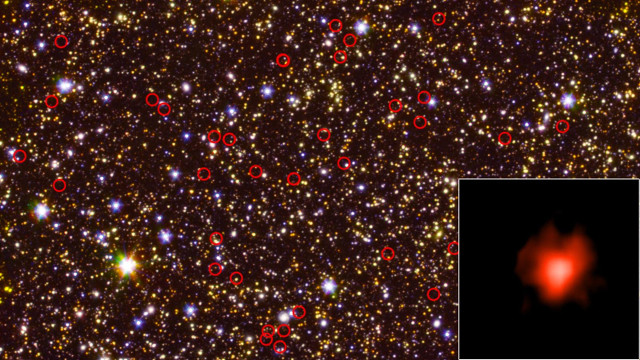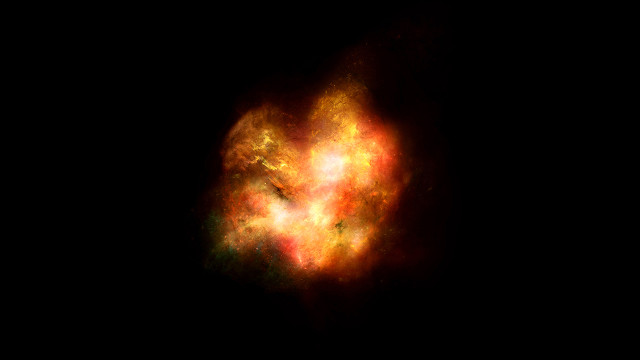
An article published in the journal “Monthly Notices of the Royal Astronomical Society” shows evidence that the oldest galaxies in the universe were brighter than expected. A team of researchers combined observations made with the Hubble and Spitzer space telescopes of galaxies that formed less than a billion years after the Big Bang and discovered an unexpected infrared brightness. That’s the consequence of the release of ionizing radiation and that can offer new clues to the epoch of reionization, a crucial moment in the history of the universe.
The epoch of reionization is the one in which hydrogen, which in the first period of life of the universe was neutral, was split into protons and electrons. It was a crucial moment because neutral hydrogen blocked the light, therefore reionization transformed the universe from a dark place to one illuminated by the light of the early stars. The cause of this phenomenon is still under study: a number of articles published in various journals in March 2019 indicated that quasars could only be partially responsible therefore studies on the possible contribution of early stars continue as well.
The authors of this new research are among the many waitinf for the chance to conduct observations with the James Webb space telescope, whose launch is currently scheduled for 2021, in order to detect more details than the ones that can be obtained today about the epoch of reionization. For now they must use the space telescopes in orbit, on the bright side it’s possible to combine the observations of some of them to obtain better results, in this case it’s the GREATS survey (GOODS (Great Observatories Origins Deep Survey) Re-ionization Era wide-Area Treasury from Spitzer) conducted with Spitzer combined with data from the Hubble archive.
135 early galaxies were examined and they were all found to be particularly bright at two specific infrared wavelengths produced by ionizing radiation that interact with hydrogen and oxygen gases in galaxies. This implies that these galaxies were dominated by massive young stars composed mainly of hydrogen and helium with very small amounts of heavier elements compared to the stars existeing in the average modern galaxies. They weren’t the first stars of the universe but they were still part of one of the earliest generations. This suggests that the first generations of stars are at least partly responsible for the reionization of the universe. The difficulty in finding the cause or causes is also due to the fact that the reionization lasted some hundred million years.
The top image (NASA/JPL-Caltech/ESA/Spitzer/P. Oesch/S. De Barros/ I.Labbe) shows a deep-field view that combines observations of the Spitzer and Hubble space telescopes with very distant galaxies highlighted in red circles. In the inset there’s one of the distant galaxies seen by Spitzer in a long-duration observation.
The bottom image (Courtesy Swinburne Astronomy Productions) shows an artistic illustration of the possible look of one of the first galaxies in the universe. High levels of star formation and star deaths would have illuminated the interstellar gas making the galaxy largely opaque and without a defined structure.
The remarkable infrared brightness of those early galaxies allowed the Spitzer space telescope to capture their light beyond expectations. However, the researchers had to admit that they obtained clues but not complete answers, a confirmation that to discover the secrets of the early stages of the universe’s life they’ll need to wait for the James Webb space telescope to be activated.


